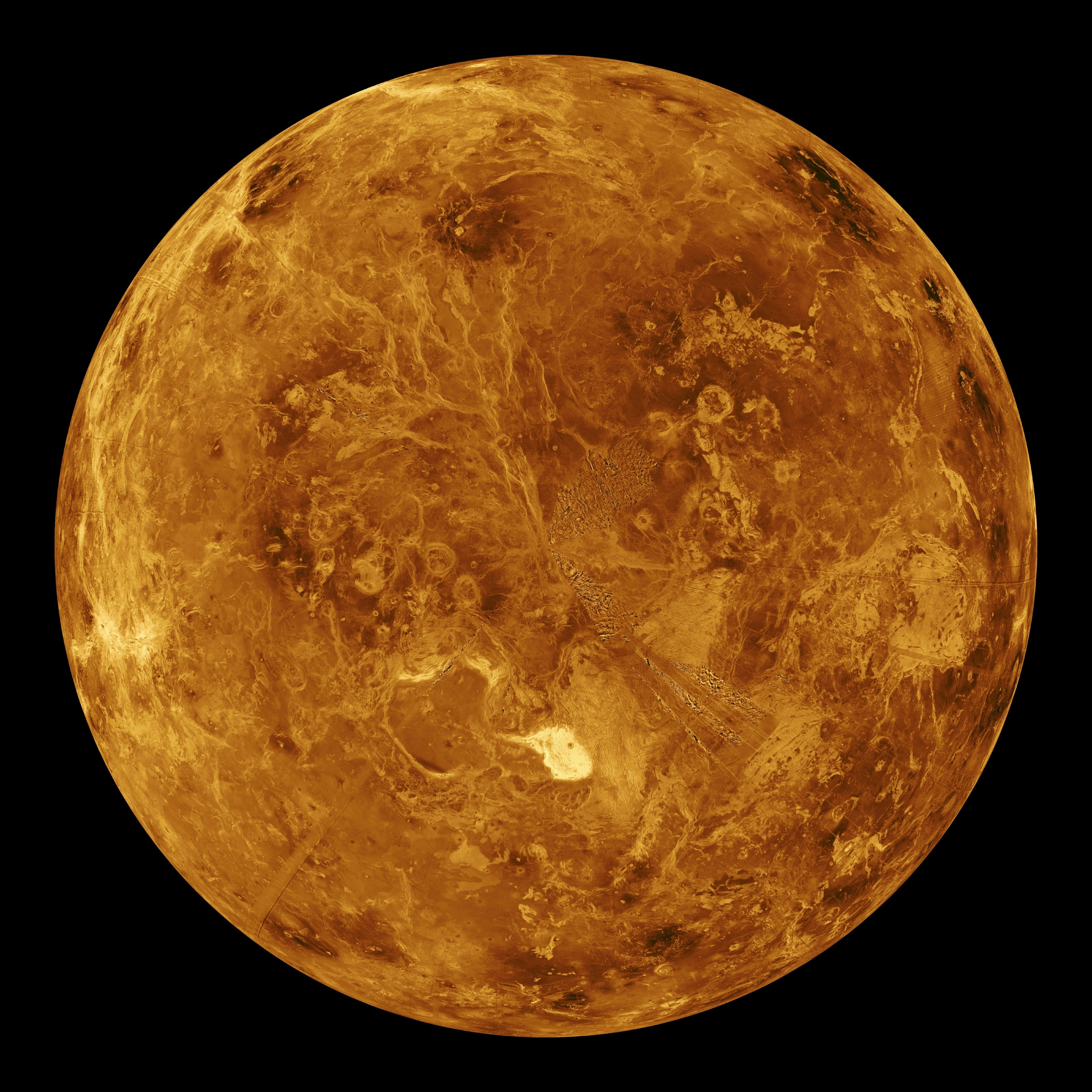
Despite the ravages of climate change, Earth is still a veritable garden compared to Venus: a hellworld whose surface simply cannot host any recognizable liquid water. Yet scientists know that Venus once looked quite like Earth today. But what happened to make the two worlds so different is still a mystery. Now, a new climate model reveals what might be a telltale sign of irreversible change for a planet’s atmosphere.
We know that the culprits were greenhouse gasses — in particular, water vapor — that trapped heat in the Venusian atmosphere. As early Venus warmed up, more of its water turned into vapor; as more water vapor filled its atmosphere, Venus heated up even further. But exactly how the process played out and whether it ever had a chance to be reversed are questions that scientists are trying to answer.
For the first time, astronomers have used a 3D climate model to simulate a cool, Earth-like water world transforming into a Venus-like hothouse. In a paper published in the journal Astronomy & Astrophysics, the simulations showed that the point where a planet’s greenhouse effect became permanent was marked by dense clouds forming in its upper atmosphere.
Transforming Earth into Venus
The model in question simulates the motions of a planet’s ocean and atmosphere. The authors fitted the model with six different planets, all of them with Earth’s size and orbit around a Sun-like star, but each with a different surface and atmospheric configuration. Four had global oceans; the other two had Earth-like continents. Two began with carbon dioxide in the air; the other four did not.
The researchers pushed each planet through a runaway greenhouse effect. Each world warmed, and water vapor piled up in its atmosphere, causing it to warm further and adding more vapor in turn. The simulations showed that, beyond a certain level of water vapor, a planet could no longer cool off. Only after the planet’s oceans boiled away did its climate finally stabilize — as a Venus-like hothouse.
In fact, that threshold where the process became irreversible was marked by dense clouds forming in that planet’s upper atmosphere. These clouds raised the amount of heat trapped within the atmosphere, exacerbating the greenhouse effect.
“We suspected already the existence of a water vapor threshold, but the appearance of this cloud pattern is a real surprise,” said Émeline Bolmont, an astronomer at the University of Geneva and one of the paper’s authors, in a statement.
Seeing greenhouses in the sky
Of course, that very same greenhouse effect is harming our own planet as we pump gasses like carbon dioxide and methane into the sky. According to these researchers’ simulations, a rise in temperatures by just a few degrees can send a planet like today’s Earth into a Venus-like runaway greenhouse effect.
But beyond our own little world, these sorts of simulations can help scientists better understand exoplanets that might be similar to ours. Observatories like the James Webb Space Telescope are now giving astronomers chances to explore exoplanet atmospheres with detail they’ve never before had.
With results like this in hand, astronomers can know what signatures to search for.






